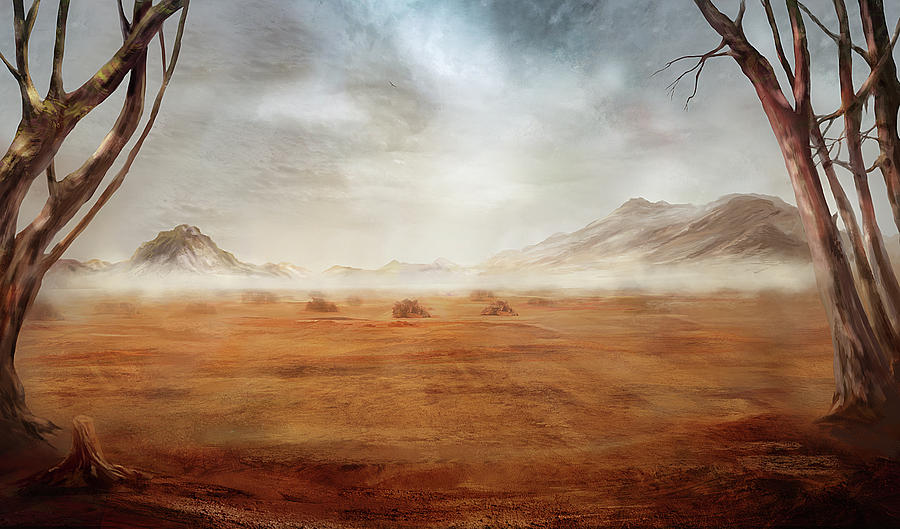Difference between revisions of "Sheba"
Tao alexis (talk | contribs) |
Tao alexis (talk | contribs) |
||
| Line 28: | Line 28: | ||
Throughout history, the region faced attacks from various external powers such as the Mamluks, Ottomans, and Portuguese in the 16th century. However, determined resistance thwarted these attempts. Presently, the land remains under the authority of the Zaida, as it has for centuries. | Throughout history, the region faced attacks from various external powers such as the Mamluks, Ottomans, and Portuguese in the 16th century. However, determined resistance thwarted these attempts. Presently, the land remains under the authority of the Zaida, as it has for centuries. | ||
| − | |||
| − | |||
| − | |||
| − | |||
| − | |||
| − | |||
[[Category: Places in Arabia]] | [[Category: Places in Arabia]] | ||
Revision as of 23:39, 15 October 2023
The Sheikdom of Sheba occupies a region in the southwest corner of the Arabian Peninsula, stretching from the Gulf of Berbera to the Rub'Al Khali, known as the "Empty Quarter." It is bounded by Yamen to the west and Hadramaut to the east. The land within the Sheikdom exhibits a diverse range of geographical features.
Throughout the region, various tribal groups inhabit these lands, their primary occupation consisting of agriculture. The goods produced are subsequently marketed and traded through the market at Crater, serving as the primary hub for commerce and trade.
The population of the sheikdom is estimated to be 262,933.
Climate
The climate in the Sheikdom is characterized by heat and aridity, with temperatures ranging from pleasant in the winter to sweltering in the summer months. Near the coastal areas, rainfall is infrequent and arrives in the form of sporadic heavy downpours, with an average annual precipitation of approximately 5 inches. In contrast, the intramontane highland regions receive a more substantial annual rainfall, ranging from 20 to 30 inches.
Geography
The land within the Sheikdom exhibits a diverse range of geographical features. Along the coast lies the littoral area, which includes the city of Crater. In the lowlands, agricultural cultivation relies primarily on irrigation, facilitated by a network of water channels and subterranean courses, which are supplied by water drawn from wells.
Moving inland, maritime ranges rise to elevations ranging from 1,000 to 2,000 feet; these areas experience minimal rainfall. Further from the coast are intramontane plains, which ascend to about 3,000 feet in elevation. To the north, the landscape transforms into a highland plateau, marked by numerous hills and traversed by fertile valleys.
History
The history of the region can be traced back to around 1200 BC. Initially, the region was dominated by the Minaean people from the north. However, the city of Timna, located on the north highland plain, rose to prominence during the reign of the Qataban kingdom, which held sway over the spice and incense trade. These valuable commodities were transported overland to both eastern and western Arabia, particularly Mesopotamia. In the 6th century BC, Qataban absorbed the smaller entity of Awsan, situated on the Gulf of Berbera.
Jewish Period
It was during this time that the region first came to be known as Sheba in the eyes of northern cultures, especially those from the Levant. The decline of the Minaeans led to the ascendance of the Saba kingdom to the north, resulting in two centuries of conflict towards the end of Qataban's existence. After a century of decline, Qataban eventually came under the influence of the Hadramawt kingdom, a relationship that persisted until 290 AD. Around this time, both regions, along with Yamen, came under the suzerainty of the Himyarite Kingdom, which originated in the southern highlands of Yamen. Notably, during this period, Judaism became the de facto state religion.
The Jewish monarchy came to an end during the reign of Yusuf in 523. After an internal war, a Christian Himyarite ruler was appointed in 525. This development coincided with the Ethiopian kingdom of Aksum launching an invasion across the Bab el Mandeb, the strait between Arabia and Africa. An independent Aksumite kingdom, paying tribute to Ethiopia, was established in Sheba and Yemen, which lasted until 578 when the region was annexed by the Sassanian Empire of Persia.
Rise of Islam
The rise of Islamic conquest marked the end of various petty dynasties and brought the entire Arabian Peninsula under the control of the Umayyad Caliphate, although full control over the diverse tribes remained a challenge. An independent Muslim dynasty, the Ziyadid, emerged after 819. The last Ziyadid ruler was assassinated in 1018 by an Ethiopian slave who then established the Najahid dynasty, which paid tribute to Baghdad. This dynasty continued until 1158 when the Zurayids briefly took control.
In 1174, Turan Shah, the brother of Saladin the Great, conquered the region, leading to Ayyubid rule. Resistance by Zaida tribesmen persisted despite these changes. After a prolonged war, a truce was signed in 1219, and in 1229, the Rasulid Dynasty was established. Umar and his successor Yusuf ruled until 1296. Following the destruction of Baghdad by the Mongols in 1258, Zaida imams initiated a war of attrition, ultimately gaining control after Yusuf's death.
Throughout history, the region faced attacks from various external powers such as the Mamluks, Ottomans, and Portuguese in the 16th century. However, determined resistance thwarted these attempts. Presently, the land remains under the authority of the Zaida, as it has for centuries.
